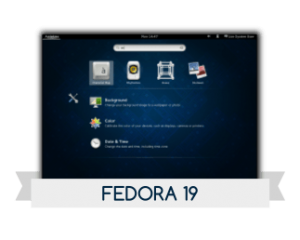 New to Fedora Linux? Confused as to why you cant play any of your .mp3 files or video files? This guide will help you! In no time at all, you’ll have the media codecs up and running on your Fedora machine required to allow you to play audio and video files! Let’s get started!
New to Fedora Linux? Confused as to why you cant play any of your .mp3 files or video files? This guide will help you! In no time at all, you’ll have the media codecs up and running on your Fedora machine required to allow you to play audio and video files! Let’s get started!
Before We Begin
Before we get started, the RPM Fusion will need to be enabled on you system (if it isn’t already). Open a terminal window and enter the command below and the RPM Fusion repository will be installed and enabled.
sudo -c 'yum localinstall --nogpgcheck http://download1.rpmfusion.org/free/fedora/rpmfusion-free-release-$(rpm -E %fedora).noarch.rpm http://download1.rpmfusion.org/nonfree/fedora/rpmfusion-nonfree-release-$(rpm -E %fedora).noarch.rpm'
This guide will work with all versions of Fedora.
How To Install Media (AUDIO, VIDEO) Codecs On Fedora
- Proprietary media codecs do not come bundled with Fedora because it does not mesh with Fedora’s ‘Free And Open Source’ philosophy (and for legal reasons). However, if you have files (like .mp3 files) that you want to play on Fedora, you’ll need to have these codecs installed. Enter the command below into your terminal window, and soon after the installation finishes, all of the proprietary media codecs that you’ll need will be installed.
sudo yum install gstreamer gstreamer-ffmpeg gstreamer-plugins-bad gstreamer-plugins-bad-free gstreamer-plugins-bad-nonfree gstreamer-plugins-base gstreamer-plugins-good gstreamer-plugins-ugly gstreamer-plugin-crystalhd gstreamer1-plugins-bad-freeworld gstreamer1-plugins-bad-free gstreamer1-plugins-good gstreamer1-libav ffmpeg
Conclusion
Not having all of the codecs installed on your machine from the get-go can be frustrating to a new user. With this guide, you’ve learned exactly how you can get proprietary media codecs working for you in Fedora.

 Email article
Email article



